
Club Registration Solutions
Secure digital registration for breakfast and after school clubs with InVentry’s ClubReg.
ClubReg Cloud Overview
Ensuring the safeguarding of pupils does not just extend to during normal school hours. Protecting pupils during breakfast or after school clubs is just as important. While schools often look to improve security and functionality of their regular sign in and registration systems, all too often breakfast and after-school clubs are overlooked.
With ClubReg Cloud, outdated paper registration systems can now be a thing of the past. ClubReg provides staff leading extra curricular activities with a digital registration system that ensures the safeguarding of pupils at all times.

30 Day Money Back Guarantee!
Just like the 10,000 organisations currently using InVentry, we know you’ll love the system as much as we do! We’re extremely passionate about the technology we create, and we want this to reflect in the software we provide you, but we understand that you may have a change of heart. Which is why we’re proud to introduce our new 30-day money-back guarantee*.
Our confidence in the InVentry sign in system, along with our commitment to our customers, means that if our system doesn’t meet your expectations, you could be eligible for a full refund. Check out our T&Cs to see our promise, if you qualify and how to get in touch to enquire about a refund.
Book A Club Registration Solutions Demo
See how InVentry can help to improve your organisation.
ClubReg Cloud Features
Club Attendance
Secure digital registration for school clubs, enabling you to accurately track student participation whilst ensuring outdated paper registration systems are a thing of the past.
Secure
With seamless integration with the InVentry Anywhere App, staff can easily see which students are still on site, meaning the safeguarding of pupils are always at the forefront of your school.
Self Registration
Give your students a new level of independence by allowing them to sign themselves in, freeing your staff up to attend to other tasks.
Evacuation
Access complete registers for your entire school in real time across multiple devices when completing any type of evacuation.
Web Based
Easily access ClubReg Cloud on most devices, including laptops, tablets and interactive whiteboard via some form of cellular or WI-FI signal and a web browser!
Safeguarding
Anyone can create clubs quickly and easily and ensure that safeguarding of children out of hours is maintained.
Contact Us
Want to know more about our ClubReg Cloud Solution?
Request a brochure, or book your free demo today and find out how your organisation can benefit from our ClubReg Cloud solution.
- 0113 322 9253
- info@inventry.co.uk
-
InVentry Ltd
Visitor House,
Gelderd Road,
Gildersome,
Leeds, LS27 7JN
Looking for support? Please use our support form
Case Studies

Bury Grammar School
InVentry helps Bury Grammar School with a full read and write back integration with iSAMs to monitor pupils on-site
Read More
Calderdale Council
Find out how Calderdale Council modernised their election process and remained GDPR compliant.
Read More
Discovery Bay International School
Discovery Bay International School See how Discovery Bay have improved their processes for sixth form students and pupils at different campus’
Read More
Loreto College
InVentry helps Loreto College automate their visitor arrival process without compromising on security with the latest Paxton integration
Read More
Trafford Centre
InVentry helps the Trafford Centre streamline their room booking software and offer a professional sign in system for over 200 partners
Read More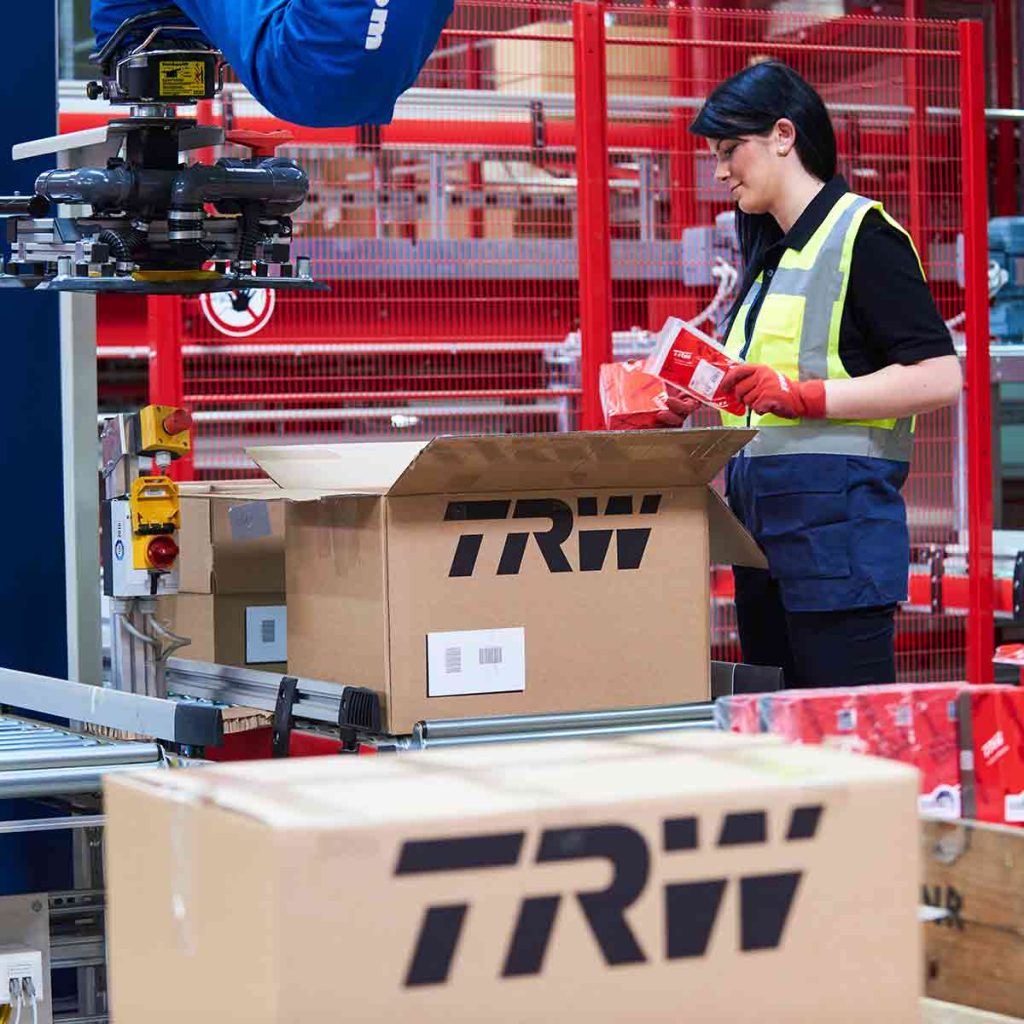
TRW Systems
Find out how TRW Systems are using InVentry as their virtual reception for visitors and staff creating the right first impression
Read More
Halesbury School
InVentry provides Halesbury School with a sign in solution that seamlessly integrates with their Almas access control system
Read More
Oakfield Community
InVentry helps Oakfield Community (Easton Maudit) with a professional and seamless sign in system
Read More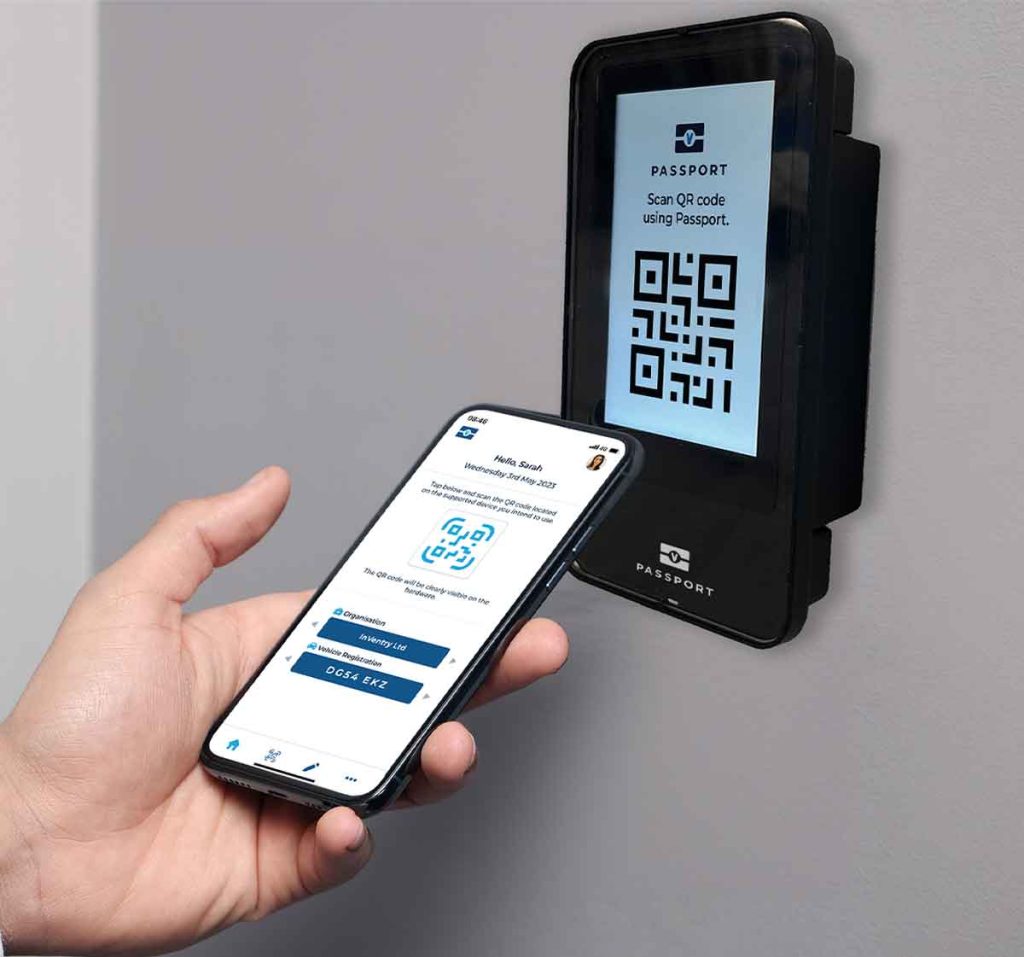
Checkpoint
See how InVentry enabled instant door access whilst removing the need to issue temporary access cards with Checkpoint
Read More
Geotech
Find out how Geotech are using InVentry to manage their contractors and evacuations throughout their technology based organisation
Read More
White Woods Primary
See how InVentry assists schools across White Woods Primary Academy Trust with their sign in procedure and events management
Read More
MIS Integrations
By integrating with all the leading MIS providers InVentry ensures identity information is always up-to-date.
Watch the Video
Cams Lane Primary School
Find out how Cams Lane Primary School provided a consistent and accurate signing in experience for both staff and visitors.
Read More
Visitors & Contractors
See how businesses are using InVentry to manage contractor and visitor sign in to know who is on-site at any given time
Watch the Video
Portsmouth Football Club
Find out how Portsmouth Football Club have utilised InVentry and our custom questions module
Read More
The Engine House Bexley
InVentry provides The Engine House Bexley with a solution that seamlessly integrates with their Paxton access control system.
Read More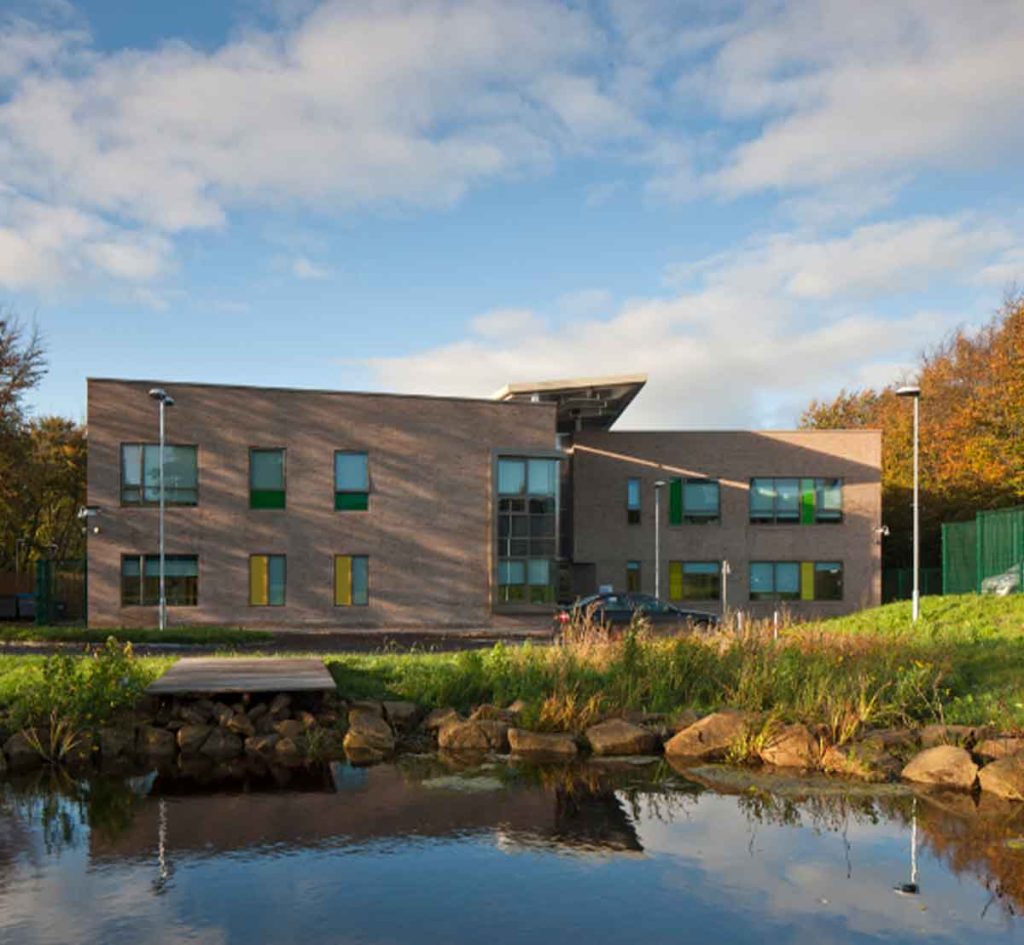
Oastlers School
InVentry helps Oastlers School to improve their Asset Management process with our Audit & Compliance software!
Read More
Woods Foodservice
Find out how Woods Foodservice utilised InVentry to obtain their Grade AA BRC accreditation
Read More
Gartnavel Hospital
Find out Gartnavel Hospital have been using InVentry to manage contractors and track keys across wards and estates
Read More
ASCL
InVentry Provides ASCL with a professional sign in system whilst streamlining their staff management and evacuation process
Read More
Skinners’ Academy
InVentry improves staff management and time keeping at Skinners’ Academy whilst offering an accessible signing in system
Read More
Humbercare
See how we helped Humbercare streamline their staff and visitor management process whilst ensuring site security
Read More
Evacuation
See how schools are using the InVentry Evac app to get live updates of who is onsite in case of an emergency.
Watch the Video
Essendon Country Club
InVentry helps Essendon Country Club to identify regular contractors for Health & Safety purposes whilst improving their fire roll calls
Read More
The Oldershaw School
See how InVentry’s Pre-Booking feature evolves The Oldershaw School’s Audit & Compliance software and simplifies their asset management
Read More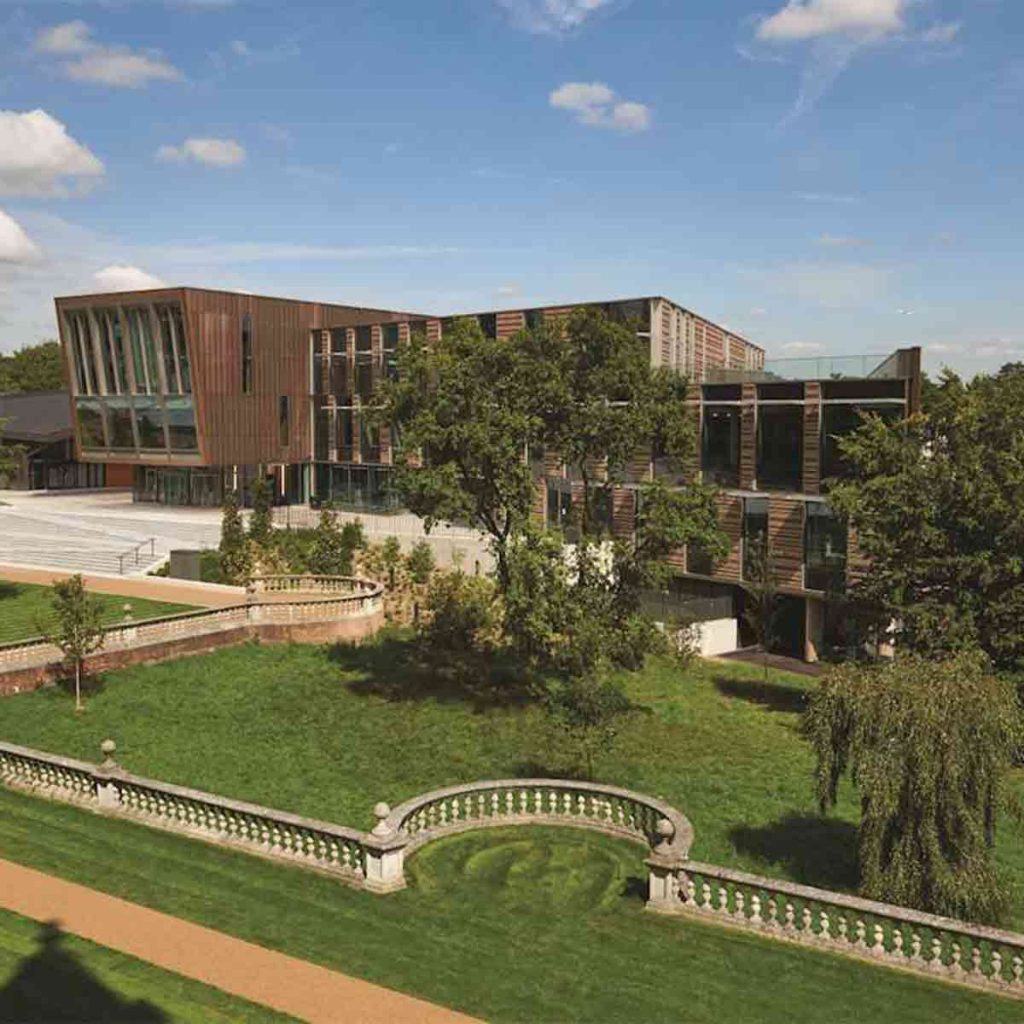
Royal Holloway University
Find out how the Royal Holloway University manage the performance of their contractors using InVentry.
Read More
Ossett Academy
See how Ossett Academy have implemented InVentry across their trust after needing a stable signing in system across all 4 academies
Read More
Elmsleigh Infant & Junior School
Find out how Elmsleigh Infant & Nursery School used InVentry to improve their safeguarding and fire evacuation.
Read More
McAuliffe Site Services
InVentry helps McAuliffe Site Services to improve their Asset Management with Audit & Compliance
Read More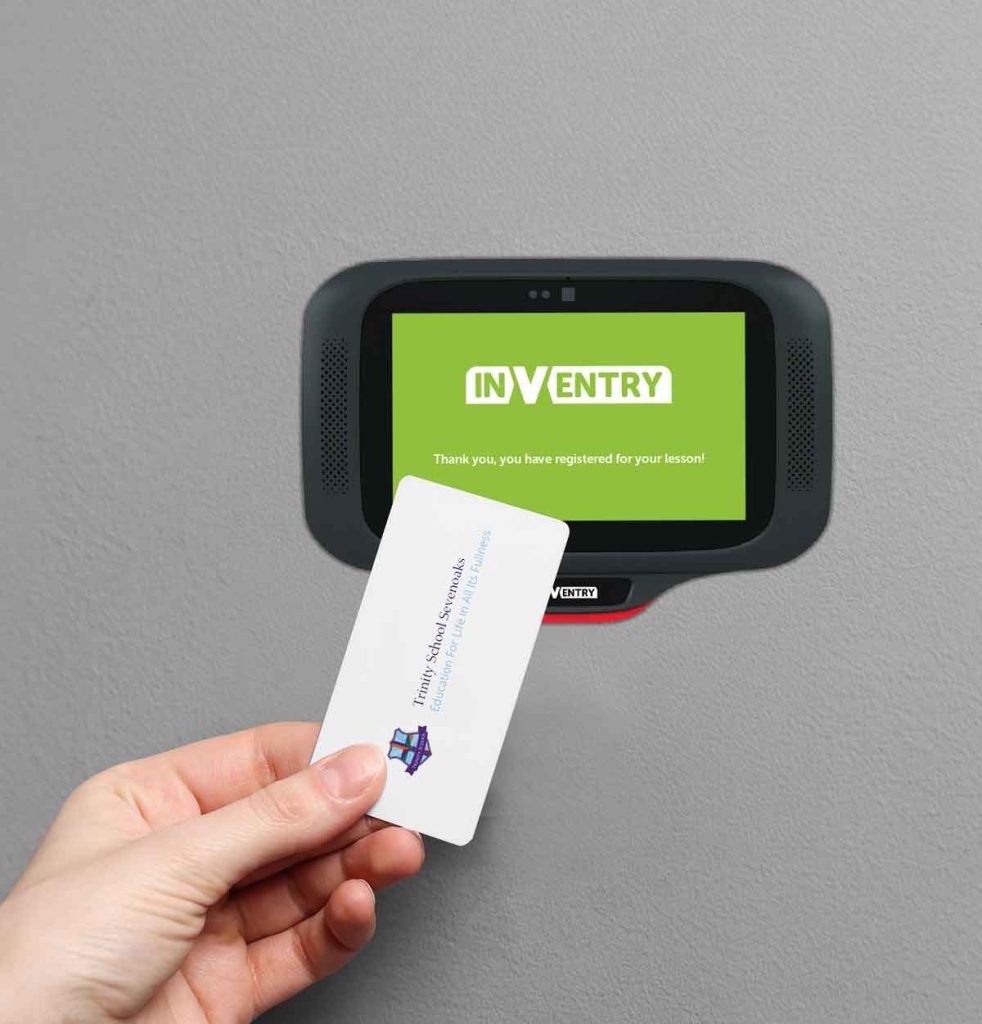
Trinity School Sevenoaks
InVentry helps Trinity School Sevenoaks to easily track the attendence of their sixth form students with Lessonscan
Read More
LOAI – Anderton Centre
Find out how the Anderton Centre have utilised InVentry for staff and events and safeguarding the children that come on-site
Read More
Thompsons Commercials
InVentry provides Thompson Commercials with a sustainable and comprehensive system to streamline their site management.
Read More
Grand Theatre Blackpool
See how InVentry helps the Grand Theatre Blackpool improve their site security whilst streamlining their sign in process.
Read More
BASF
Find out how the BASF have used InVentry to improve their visitor management and Health and Safety policies.
Read More
Parkstone Grammar School
See how InVentry helps Parkstone Grammar School with streamlining their sign in process and on-site safeguarding
Read More
Bufab UK
See how InVentry enabled instant door access without the need for an internet connection with Checkpoint
Read More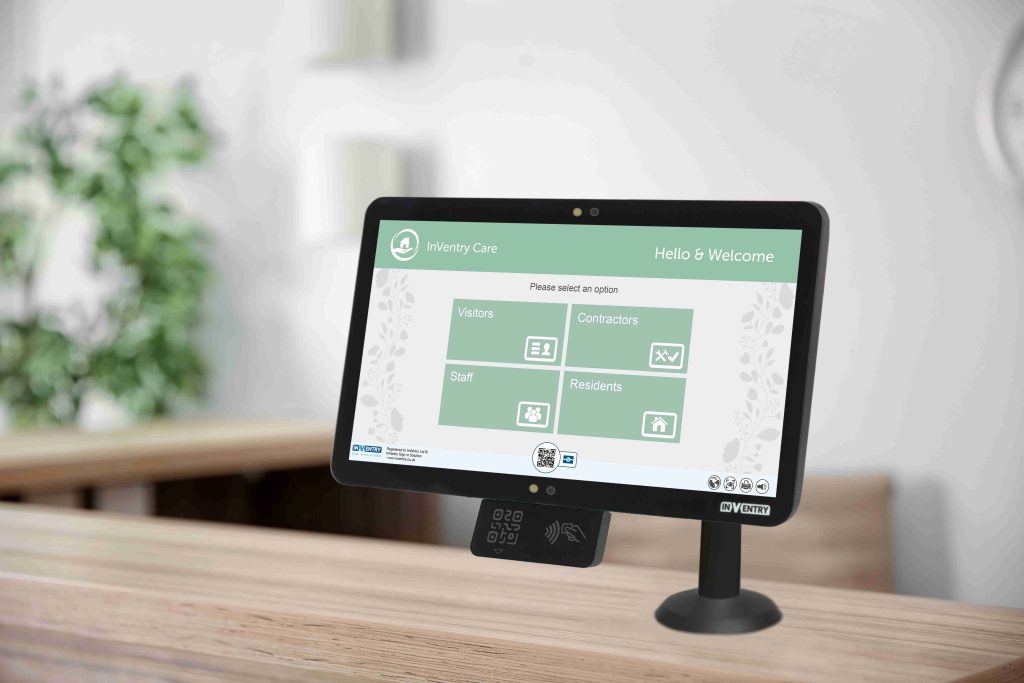
Sign In for Business
See how InVentry is helping businesses create a modern reception area and professional greeting.
Watch the Video
Pitmaston Primary School
InVentry Helps Pitmaston Primary School improve their record keeping whilst streamlining their evacuation process
Read More
Staff Management in Schools
Watch how several schools are using InVentry to manage staff signing in and out and tracking which staff members are onsite at any one time.
Watch the Video
Matrix Polymers
Find out how Matrix Polymers are using InVentry for visitors and staff sign in after replacing their paper based process
Read More
Bericap UK
InVentry enables Bericap UK to enhance on-site efficiency and professionalism, whilst streamlining their contractor management
Read More